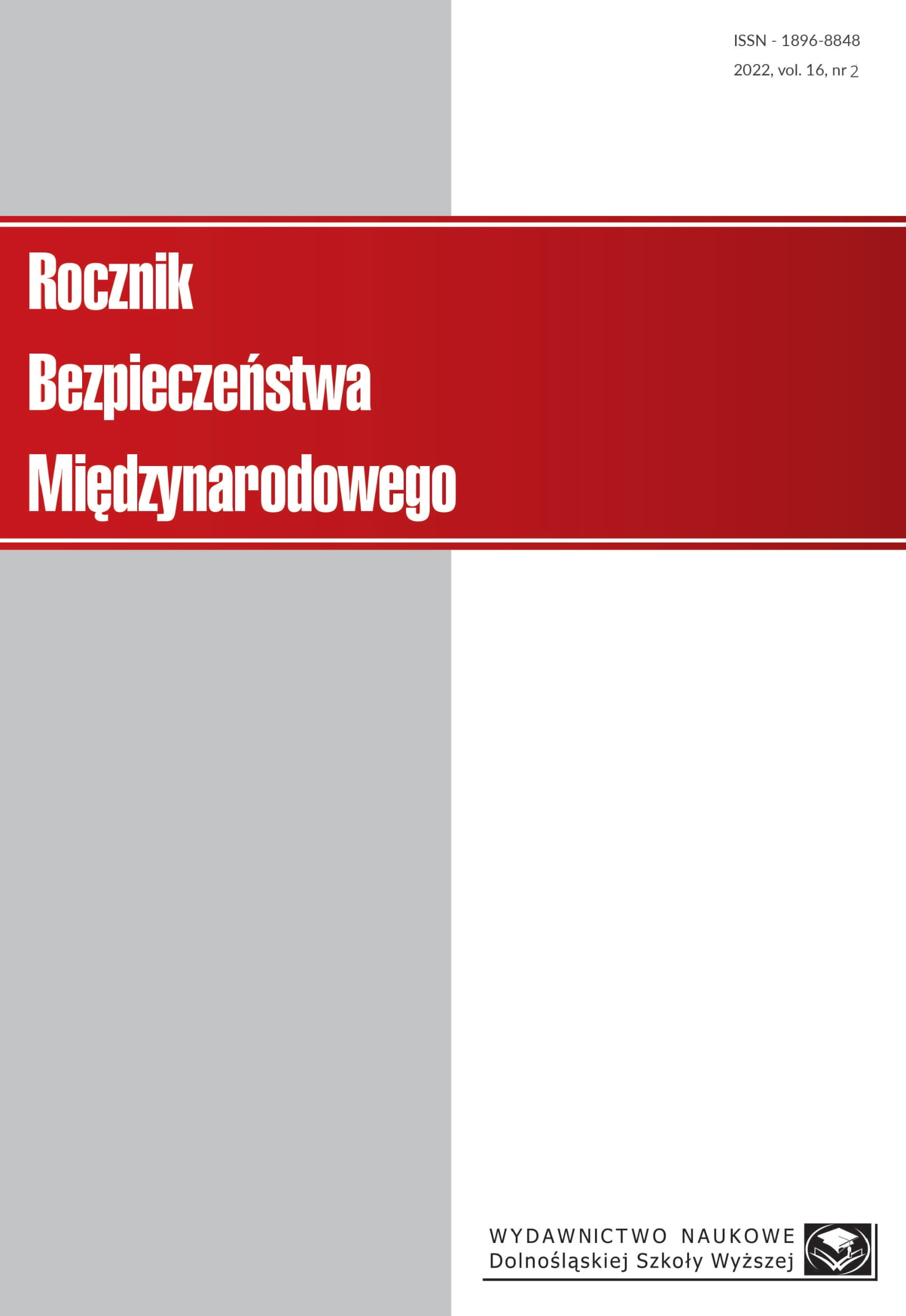Wykorzystanie urządzeń skanujących w portach morskich RP na przykładzie funkcjonowania Wydziału Morskiego Zwalczania Przestępczości z Pomorskiego Urzędu Celno-Skarbowego w Gdyni
Using of Scanning Devices in Sea Ports of the Republic of Poland on the Example
of the Functioning of the Maritime Crime Combat Department of the Pomeranian Customs and Tax Office in Gdynia
Author(s): Mariusz MajewskiSubject(s): Politics / Political Sciences, Public Administration, Public Law, International relations/trade, Security and defense, Welfare systems, Criminology, Economic development, Penal Policy, Corruption - Transparency - Anti-Corruption, Transport / Logistics
Published by: Wydawnictwo Naukowe Dolnośląskiej Szkoły Wyższej
Keywords: smuggling; containers; seaports; x-ray devices (scanners); sea border crossings; container terminal;
Summary/Abstract: The purpose of this article is to indicate and discuss the tasks of the Maritime Crime Combat Department (CZRM) of the Pomeranian Customs and Tax Office in Gdynia in the context of combating cross-border crime in Polish seaports, based on the example of the ports in Gdańsk and Gdynia, with particular emphasis on the use of X-ray devices in this process. The article addresses the research problem of the role of scanning devices in combating smuggling by sea, including containerized shipments and through sea border crossings. It also provides an answer to the question of what regularities determine that such tools used for control are one of the most effective in terms of combating the smuggling of goods that may pose a threat to the internal security of EU countries. The article uses the method of critical analysis, which subjected the available source material (studies, reports, official materials, scientific articles) and the method of participant observation. The author presents four main theses, which, in his opinion, should contribute to wider use of X-ray devices at sea border crossings: 1) shortening the time of carried out searches, and thus, minimizing interference in logistic processes in seaports; 2) increasing the number of controls, especially in the case of containerized shipments at container terminals, 3) reducing of potential handling costs resulting from the need for possible controls both for the owners of the declared goods, as well as services present in seaports, and 4) using the technical capabilities of X-ray devices allowing for the discreet check as well as planning and carrying out further control activities including operational intelligence activities such as, e.g., ordering a secretly supervised delivery referred to in art. 120 of the KAS Act.
Journal: Rocznik Bezpieczeństwa Międzynarodowego
- Issue Year: 16/2022
- Issue No: 2
- Page Range: 92-117
- Page Count: 26
- Language: Polish

